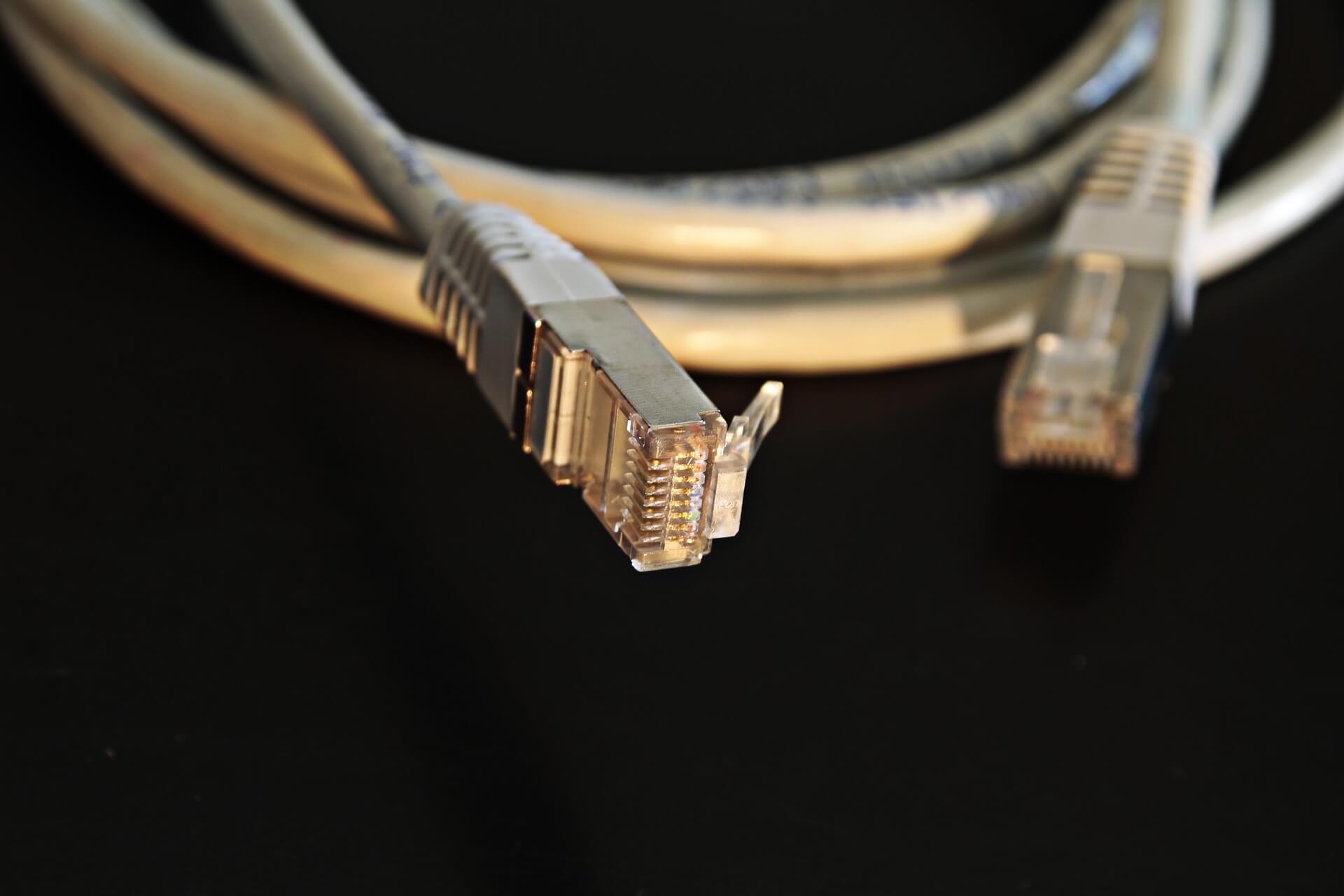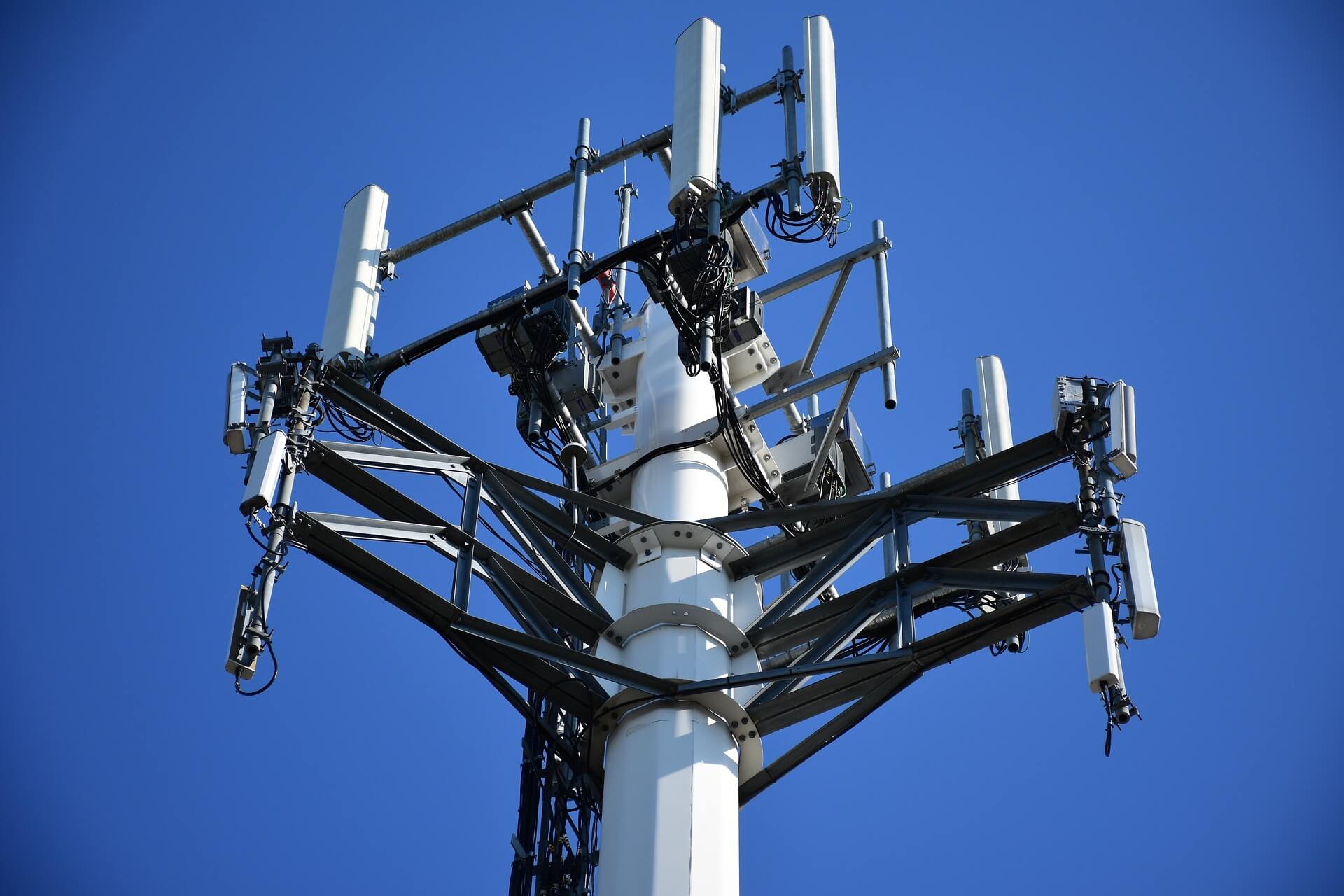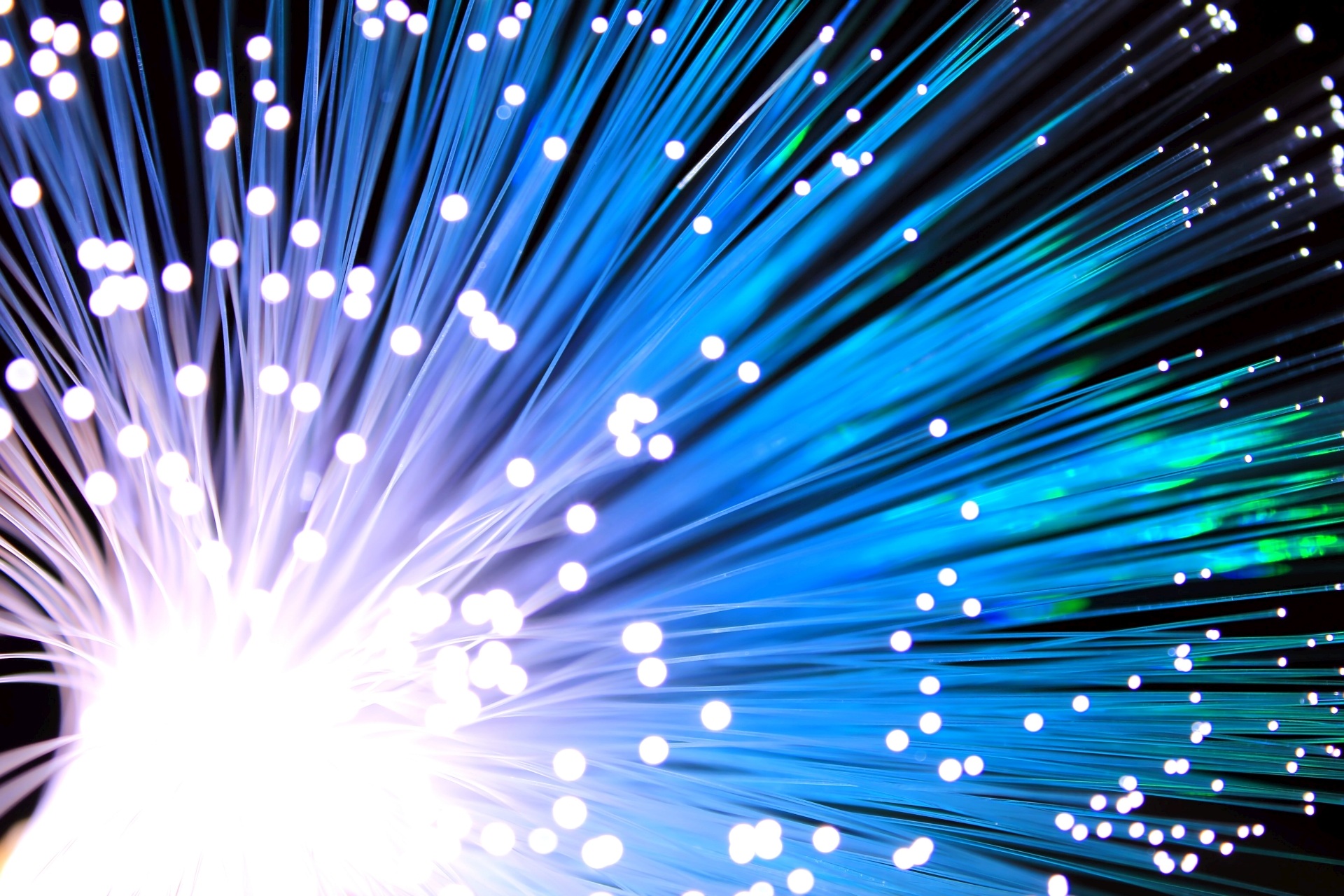October 19th, 2020 [UPDATED]
Originally Published January 22nd, 2019
The Pros and Cons of Different Rural Business Internet Options
BroadbandNow Research reports that more than 41 million Americans don’t have access to broadband Internet. Similarly, a 2018 study conducted by Microsoft found that 162.8 million people still did “not use the Internet at broadband speeds.” Why? Inflated costs, poor availability, slow deployment, terrestrial restraints, and misguided land and airwave regulations contribute to a lack of broadband infrastructure in rural communities across America. Resulting inequalities in finances, education, and social status, encountered by those without access to the Internet versus those who do, has been coined the U.S. Digital Divide.
According to GeoLinks’GeoLinks’ Co-Founder and CEO Skyler Ditchfield, there are “Five Crucial Steps Needed To Close The U.S. Digital Divide.” The final and arguably most imperative item listed is America’s need to adopt a technology-agnostic, hybrid approach to broadband development. While technologies such as 5G and fiber were are prominent buzzwords, Fixed Wireless Internet, digital subscriber line (DSL), satellite, and cable all play an equally vital role in closing the divide.
When your company is deciding how to upgrade your connection (or get connected for the first time), it’s vital to compare business Internet providers and evaluate the services they offer. Learning about all the different rural business Internet options and their pros and cons will help you make a choice that’s right for your business. To that end, GeoLinks has put together this comparison guide of the different options available to rural businesses.
*Note that Dial-up Internet access is technically an option available in rural areas. Still, due to the requirements of always-on and reliable connections for business continuity in today’s marketplace, and with less than 0.3% of all Americans still using dial-up according to a study in 2018, dial-up isn’t discussed as a viable Internet option for rural businesses.
So, what technologies from business Internet Providers are available in rural America? Here are the pros and cons of various Rural Internet options:
Pros and Cons of Internet Options
Fixed Wireless Broadband Internet
Fixed wireless Internet providers serve high-speed broadband Internet access to a single location via radio waves. While capable of servicing suburban and urban communities, Fixed Wireless Internet is most widely known for reaching and connecting rural America quickly.
Pros of Fixed-Wireless Internet:
- Quick to deploy – Fixed Wireless Internet networks are deployable in a fraction of the time of competing wired technologies. For example, GeoLinks ClearFiber™ fixed wireless Internet can be deployed in seven to 10 business days.
- Cost-effective – by avoiding costly trenching, fixed wireless Internet networks are far less expensive to build and have a lower impact on the environment.
- Widely available – because they use radio waves, fixed wireless Internet networks can reach areas “off the grid,” such as rural America.
- Uptime – Fixed wireless Internet networks, like those engineered by GeoLinks, have multipoint redundancy built-in. Each circuit installed has at least one additional fixed wireless backhaul – often more – linking to a fiber connection, which provides always-on connectivity with 99.9999% uptime.
- Unlimited Bandwidth – With ClearFiber™ fixed wireless Internet, your business gets unlimited bandwidth with no throttling or capping like satellite providers.
Cons of Fixed-Wireless Internet:

DSL Broadband
DSL (Digital Subscriber Line) broadband is a wireline technology that transmits data over traditional copper telephone lines installed to homes and businesses. Because it operates on pre-existing phone lines, DSL can be quickly installed when infrastructure is present.
Pros of DSL Internet:
- Accessible – because DSL runs through phone lines, it ‘sit’s more widely available nationwide. (According to broadbandnow.com, DSL has 90% coverage nationwide.)
- It’s relatively inexpensive – the cost to install and maintain is less than many other broadband technologies, such as Fiber.
Cons of DSL Internet:
- Slow speeds – rural DSL speeds are generally between 128 Kbps – 3 Mbps.
- Inconsistent network quality – because circuit quality relies heavily on the distance from an ISP’s ISP’s central hub, a significant problem for many businesses in rural areas, speeds and network reliability are inconsistent.

Satellite Internet
Satellite Internet beams data from your Internet provider to a satellite in space and then back to a dish at a user’s location. Historically, the technology’s primary use has been to connect businesses in rural areas that don’t have access to wired services.
Pros of Satellite Internet:
- Expansive availability – because it transmits to a satellite in space, it ‘sit’s available virtually anywhere on earth.
- Decent speeds – delivering speeds up to 100 Mbps, Satellite is faster than DSL.
Cons of Satellite Internet:
- Latency issues – Satellite has inherent latency issues – this is especially problematic with video conferencing and VoIP applications.
- Unreliable – circuit quality is susceptible to moisture (weather) and objects, such as trees and vegetation.
- High cost – Satellite Internet is one of the most expensive broadband technologies on the market.

Cable Broadband
Cable Broadband utilizes a modem to access the Internet through the same coaxial cables that deliver pictures and sound to a user’s television. Mainly used to service residential customers, cable networks are considered shared circuits.
Pros of Cable Broadband Internet:
- Easy and quick to install – because it uses existing infrastructure, it sometimes can be immediately available.
- Faster – Capacity to be substantially faster than other types of broadband connections such as satellite and DSL.
Cons of Cable Broadband:
- Unreliable connection – Cable connections are shared with nearby users, causing performance issues, such as varying speeds, during peak usage times.
- Rural limitations – due to the lack of infrastructure extending outside of urban communities, cable often is unavailable.

Cellular Mobile Broadband Internet
Mobile broadband delivers Internet connectivity over a mobile network – the same infrastructure utilized by your smartphone. Mobile broadband is accessible via portable wireless hotspots and wireless modems from anywhere with a cellular connection.
Pros of Mobile Broadband:
- Easy access – assuming there is reception in the area, it has the potential to be immediately available.
- Quick and easy install – the “plug and play feature” of this technology eliminates the need for physical cables, phone lines, or an electricity source.
Cons of Mobile Broadband:
- Inconsistent coverage – If you live in a remote area, you may not get cellular reception, preventing access altogether.
- Unreliable performance – Average rural mobile speeds fall around 12 to 15 Mbps and fluctuate depending on location and the number of people connected to the network.
- Capped data usage – To prevent network saturation, mobile broadband plans typically come with data caps. Overages can be expensive.
Fiber Broadband Internet
Fiber broadband provides Internet access by converting electrical signals carrying data to light and sends the light through transparent glass fibers. It is one of, if not the most requested broadband technology on the market.
Pros of Fiber Broadband:
- Speed – Fiber can deliver multi-gig speeds making it one of the fastest broadband options on the market alongside fixed wireless.
- Scalable and flexible bandwidth – once installed, bandwidth can be increased or decreased almost on-demand.
Cons of Fiber Broadband:
- Not available everywhere – Fiber is currently available in only 32% of the country.
- Expensive and slow to deploy – fiber optic cable is exceptionally costly to deploy and requires trenching (often stalled by lengthy permitting processes.)
Comparing the Pros and Cons of Rural Business Internet Options

While there are advantages and disadvantages to each Rural Business Internet option, these technologies can be strategically deployed to create a ubiquitous solution capable of delivering multi-gigabit bandwidth to communities across the country. This technology-agnostic, hybrid network approach is key to closing the digital divide.
Ready to Try GeoLinks’ Rural Business Internet Option ClearFiber™ Fixed Wireless Internet?
Need Internet Immediately?
Talk with a GeoLinks Internet specialist now.
Call 888.225.1571




